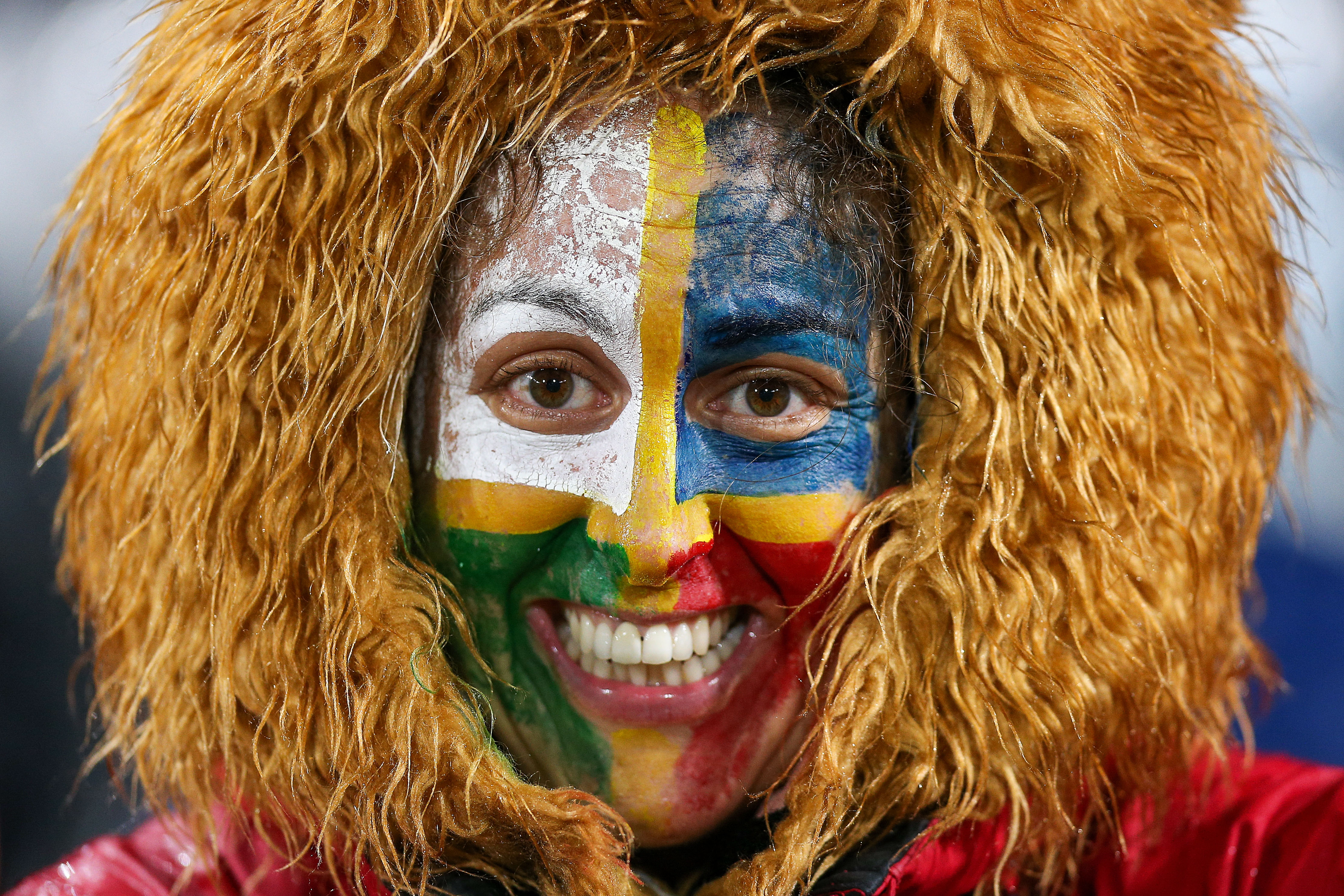Sports Marketing | Sports Marketing
The Fan Emotion Index - Explained
by Andy Walton

Sponsorship investment in women’s sport is not new, but there is still first mover advantage for brands that understand and leverage their role and their expertise in taking sport to new female audiences. But engaging a female fan is as much about creating an emotional connection as it is visibility.
Here is the published article in The Drum.
VISIBILITY IS NOT THE ONLY ANSWER
There is no question that women’s sport was hit hardest by the pandemic. Many female formats bypassed even a conversation around postponement and moved straight to cancellation. However, the rapid growth and success stories in women’s team sport pre-pandemic are numerous; Sky’s peak audience of 1.1M for the Women’s World Cup cricket in 2019, and the Women’s Super League’s landmark domestic TV deal, especially the 18 games per season to be shown free-to-air.
The Women’s Sport Trust (WST) stated recently that revenue generated by women’s sport in the UK was set to grow to £1BN by 2030, from £350M currently, and the key to unlocking the growth was visibility. Team sports that deliver more frequent broadcast, match day and sponsorship revenues will drive that, and of course more eyeballs seeing more female sport is important, but there are more fundamental proposition challenges to consider.
A recent study by Sport UNLIMITED using our Human Understand Lab (LAB) identified that 46% of UK females would consider themselves a ‘sports fan’, yet 66% of those currently did not follow a women’s team or tournament from one of the top 3 followed teams sports in the UK (football, rugby, cricket).
Also consider another recent study which asked UK sports fans if more women’s sport coverage would lead to watching more, and only 20% agreed vs. the global average of 41%. The UK was second from bottom here, suggesting at home certainly, visibility is not the only answer.
REDEFINING THE WOMEN’S TEAM SPORT PROPOSITION
The sportswear industry has long led the way in the sector demonstrating an understanding and insight into the female consumer. Back in 2016, adidas targeted the entire years marketing budget – brand campaigns down to hero product stories – at the female athlete, including launching the first ever female running shoe. It was underpinned by some very clear thinking in the sports apparel sector when it comes to women in sport: you can’t take what works for men, and simply ‘shrink it and pink it’.
However, some very successful women’s propositions in the UK are exactly that, female versions of the men’s teams; same name, kit, look & feel, sponsors etc. This synergy is no doubt fundamental to launching a women’s entity, ensuring that in the early years they have immediate credibility with fans, broadcasters and sponsors, national and regional rivalries and derbies were easily replicated, and the offering immediately has strong foundations and marketable moments.
Given those success stories can they now look to step away from their male counterparts and is the time right for someone to break the mould? A women’s teams or tournament with a different look & feel, different name, different kit, a totally different proposition? This is not about gender stereotypes, these are all elite athletes playing for club and country, this is about appealing to an all-new female audience as our insight is telling us their subconscious connections to sport can differ to that of male fans.
ENGAGING A NEW FEMALE FAN
So, we know almost half of UK women identify as ‘sports fans’ but the majority don’t follow a women’s team sport.
When considering both global and UK athletes, those with the highest awareness in the UK come from individual sports; the top 5 are all Olympians or tennis players. Neither would profess more annual ‘visibility’ than women’s football for example, so is something else driving the connection? Something more apparent in individuals; personality, a connection, beliefs, or inspiration.
When our LAB asked female sports fans why they didn’t follow a women’s team, 18% agreed that it wasn’t easily accessible on TV. But critically a very similar 19% agreed that women’s team and tournaments didn’t connect with them emotionally.
In addition, 18% of female sports fans not following a women’s team said they had just never seen it as an option for them, and 15% said that women’s sport teams and tournaments didn’t engage them as they liked.
It would seem the motivations of female sports fans are different. In LAB research last summer looking at how the expectations of sport fans had changed due to COVID. We found that for 64% of sports fans, ‘brand purpose’ is now a more important expectation on sponsors. That jumped to 73% when we looked at female football fans specifically. And the #1 articulation of ‘brand purpose’ was acting responsibly, promoting a healthier lifestyle and taking strain off of NHS; 73% of all sport fans agreed, jumping to 81% for female football fans.
There is also a stronger conviction in younger fans. Female 18-24 years sports fans not following women’s teams were statistically more likely to feel that sports teams were not trying to talk to their female fans.
THE BRAND OPPORTUNITY
The competitiveness, speed and skill on the field of play are only increasing, as will the support of the existing fanbase, but there is clearly an opportunity to engage a new female fan. This isn’t just on the right holder’s shoulder as it often needs a big brand investment and expectations to be the catalyst.
So, who will be first to rip up the rule book and truly look at how the emotions and motivations of female fans differ, and to put that at the forefront of their strategy and activations? We’re here to help those that want to find out more.